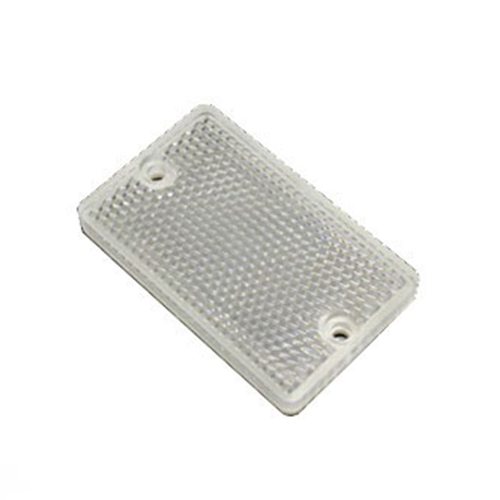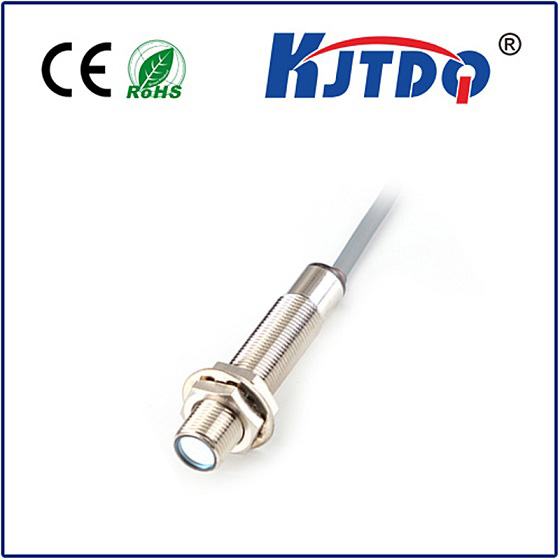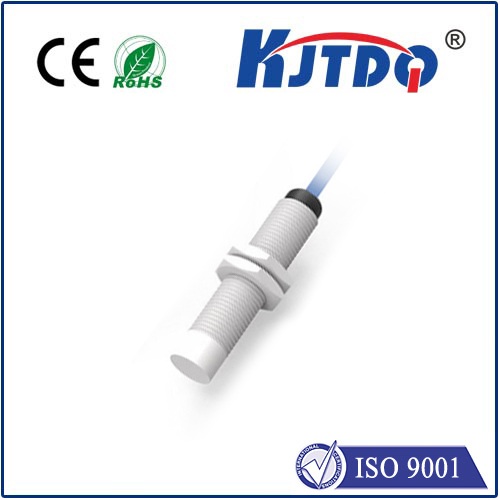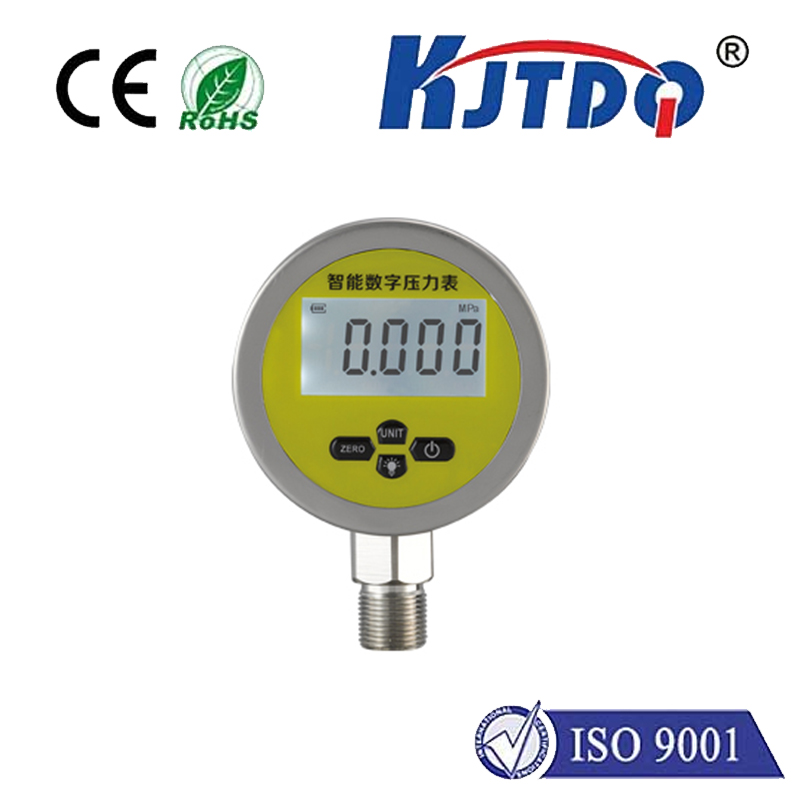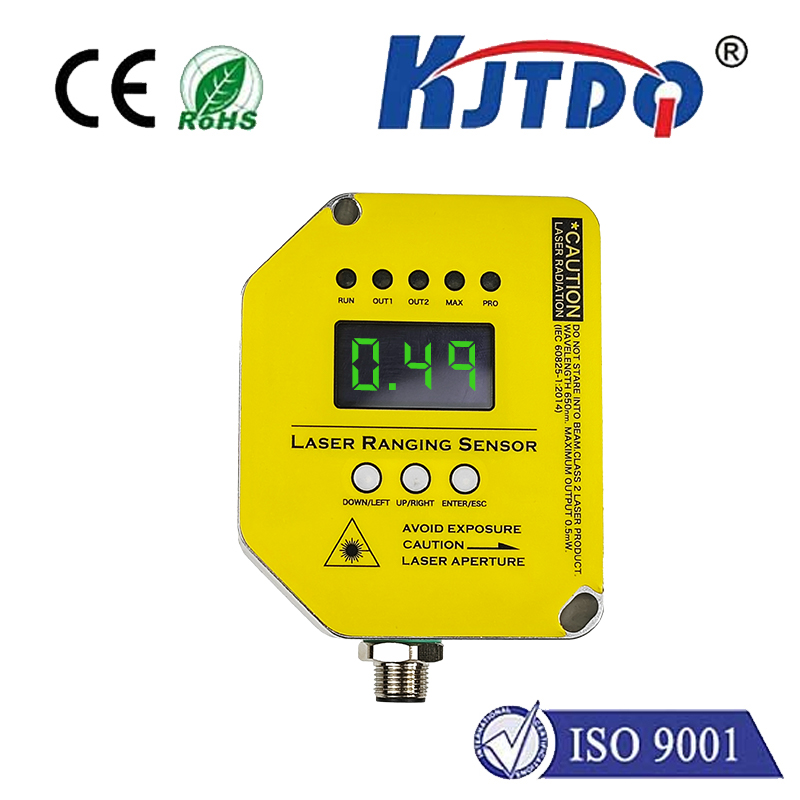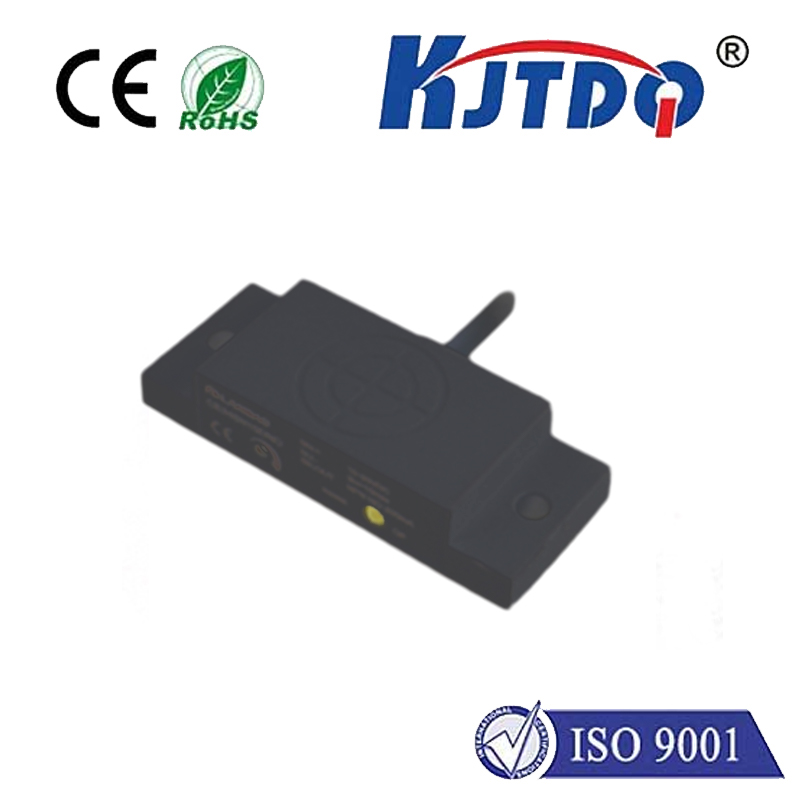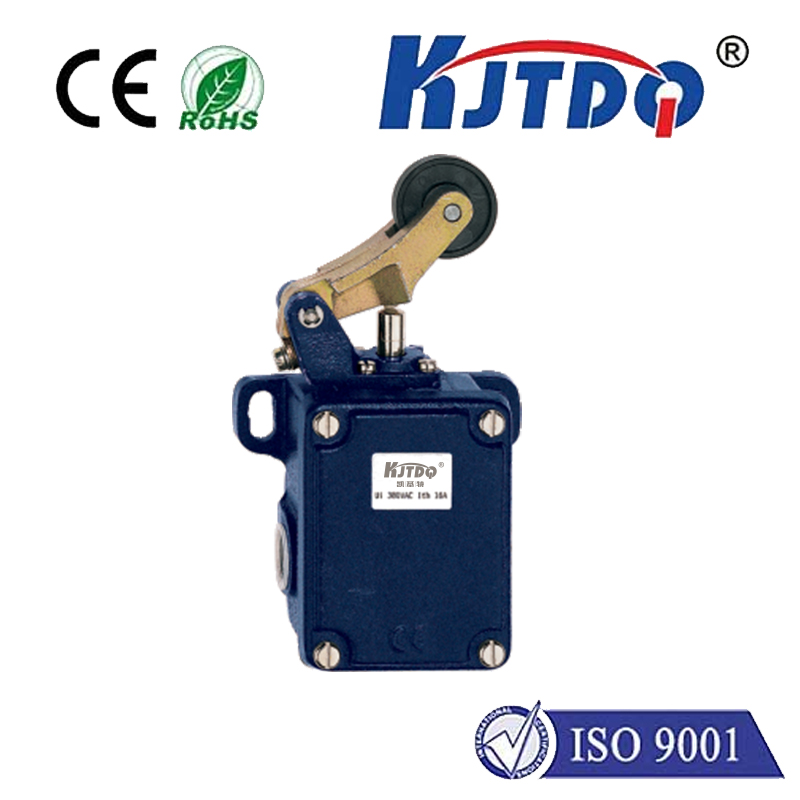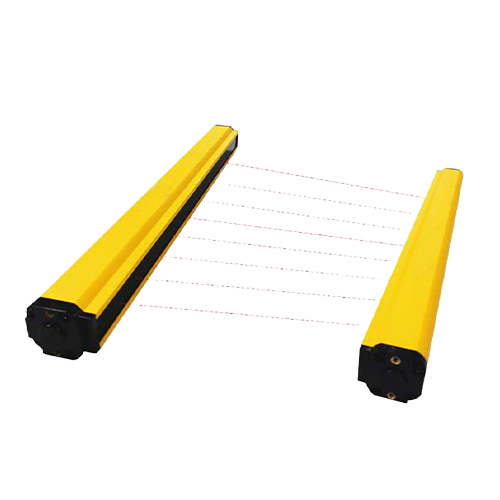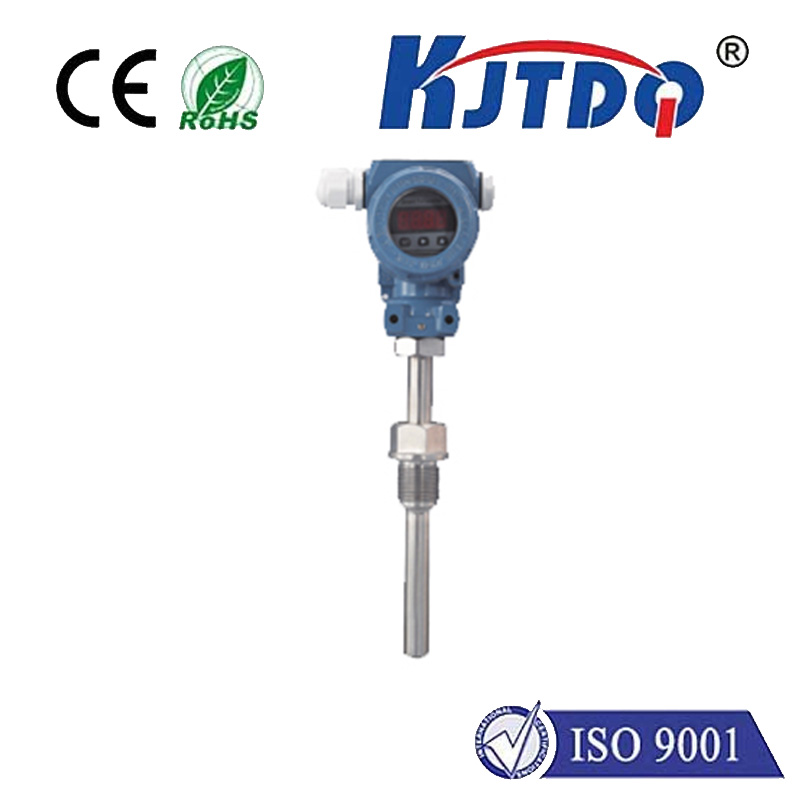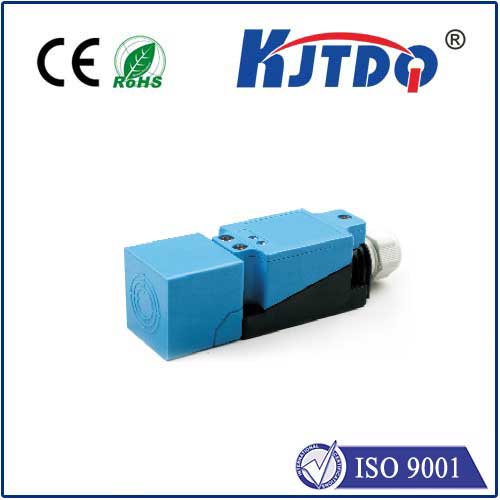inductive prox proximity sensor
- time:2025-06-27 02:18:00
- Click:0
The Unseen Guardian: How Inductive Proximity Sensors Revolutionize Automation
Have you ever wondered how complex machinery seamlessly “knows” the position of a metal component without ever touching it? How robotic arms precisely place parts, assembly lines flawlessly track progress, or safety barriers instantly react? The answer often lies in a remarkably simple yet powerful technology: inductive prox proximity sensors. These unassuming electronic workhorses operate silently and reliably, forming the sensory backbone of countless automated systems, enabling the modern marvels of manufacturing and control.
Simply put, an inductive proximity sensor (often abbreviated to “inductive prox sensor” or just “prox sensor” in the industry) is a non-contact electronic device designed specifically to detect the presence or absence of ferrous and non-ferrous metal objects within its detection range. Unlike mechanical switches, they require no physical contact, eliminating wear and tear and enabling incredibly fast, reliable operation. Their core principle is elegant electromagnetic induction.
The Magic Behind the Detection: Electromagnetic Induction
At the heart of every inductive proximity sensor lies a critical coil wound around a ferrite core. This coil forms part of an oscillator circuit. When powered on, the oscillator generates a high-frequency electromagnetic field that radiates outward from the active sensing face of the sensor.

Here’s the clever part: When a conductive metal target enters this oscillating electromagnetic field, it disrupts it. Specifically, Eddy currents are induced within the target object. These circulating currents within the metal create their own opposing magnetic field, which dampens the energy of the sensor’s original oscillating field. This damping effect causes a measurable change within the sensor’s circuit – typically a drop in the amplitude of the oscillation. Sophisticated electronics within the sensor constantly monitor this amplitude. Once the damping exceeds a predefined threshold, the sensor’s output state switches (e.g., from OFF to ON, or vice versa), signaling the presence of the detected object. This entire process happens instantaneously and without any physical contact.
Why Inductive Proximity Sensors Reign Supreme in Industrial Settings
Inductive proximity sensors dominate industrial automation for compelling reasons rooted in their unique operational principle:
- Non-Contact Operation: The defining feature. No wear occurs during detection, leading to exceptionally long operational lifespans compared to mechanical switches. This translates directly to reduced downtime and lower maintenance costs.
- Exceptional Reliability & Longevity: With no moving parts to degrade or jam and construction designed to withstand harsh conditions, inductive sensors offer unparalleled reliability. They are workhorses built for demanding, 24⁄7 industrial environments.
- High Switching Frequency & Speed: Capable of detecting targets at speeds measured in thousands of times per second, they are perfect for high-speed counting, positioning, and indexing applications on fast-moving production lines.
- Robust Construction: Typically housed in rugged metal or high-grade plastic bodies, these sensors are built to resist shock, vibration, and environmental contaminants like dust, dirt, oil, and coolants – common hazards on factory floors.
- Immunity to Environmental Factors: Unaffected by ambient light, opaque materials (except the target metal), smoke, or steam (within environmental rating limits). They focus solely on detecting conductive metal targets within their field. This resistance to common industrial interference is crucial.
- Repeatability: Provides highly consistent and precise detection at the same point every time, essential for quality control and precision manufacturing.
Ubiquitous Applications: Where You’ll Find Them
The versatility and robustness of inductive proximity sensors make them indispensable across a vast spectrum of industries:
- Manufacturing & Machining: Position detection of parts on conveyors, punch press stroke control, tool breakage detection on CNC machines, end-of-travel sensing for cylinders.
- Automotive Production: Ensuring correct part presence in assembly jigs, sequential process control, robot guidance for welding/sealing/assembly, part counting.
- Material Handling & Packaging: Detecting metal parts or pallets on conveyors, filling level control for metal containers, capping/closing machine control.
- Food & Beverage: Detecting metal lids or cans (using hygienic stainless-steel housing variants), position sensing in metal machinery components.
- Building Automation: Elevator car position detection, security door position monitoring, HVAC damper control.
- Hydraulics & Pneumatics: End position detection for cylinders (reliable alternative to mechanical limit switches).
- Metal Forming: Coil feeding control, sheet metal positioning.
- Safety Systems: Used in safety light curtain muting applications or as part of interlock circuits where detecting metal guards or doors is critical.
Key Selection Criteria: Choosing the Right Prox Sensor
Selecting the optimal inductive prox sensor involves careful consideration of several crucial parameters:
- Sensing Distance: The rated operating distance (Sn) for specific target metals/sizes is vital. Factors: Sensor size, target material & size, required mounting clearance.
- Target Material: Standard sensors detect ferrous metals (steel, iron) at the longest range. Models optimized for non-ferrous metals (aluminum, brass, copper) or even stainless steel are available but typically have a shorter sensing range for those specific materials. Specify the primary target material.
- Output Type: Two main types dominate:
- NPN (Sinking): Switches the negative (-) terminal to the load common.
- PNP (Sourcing): Switches the positive (+) terminal to the load. Must match the input requirements of the connected controller (PLC, relay, counter).
- Normally Open (NO) / Normally Closed (NC): Defines the output state when no target is present. Choose based on the logic required for your application safety and function.
- Form Factor & Size: Cylindrical (threaded barrels like M8, M12, M18, M30), rectangular, or block styles exist. Consider the available mounting space.
- Shielded vs. Unshielded: Shielded sensors have the coil surrounded by metal, allowing flush mounting in metal without interference but offering a shorter sensing range. Unshielded sensors have a longer sensing range but require a specific non-metallic mounting zone around the sensing face.
- Environmental Ratings: Look for IP (Ingress Protection) ratings (e.g., IP67, IP69K) for dust/water resistance and temperature range specifications suitable for the specific operating environment. Robustness is paramount in industrial settings.
- Electrical Ratings: Ensure the sensor’s operating voltage (typically 10-30V DC) and output current capacity are compatible with the power supply and the load it needs to switch.
Optimizing Performance: Installation and Integration Tips
Even the best inductive proximity sensor requires proper setup:
- Mounting: Ensure the sensor is securely mounted and aligned correctly for the target path. Follow the manufacturer’s recommendations for flush mounting (shielded) or gap requirements (unshielded).
- Clearance: Maintain adequate clearance between adjacent sensors or nearby metal structures to prevent mutual interference or accidental triggering by non-targets. Spacing is critical for reliability.
- Wiring: Use shielded cables in electrically noisy environments and ground the shield appropriately at one end (usually the controller end) to prevent EMI interference. Ensure correct polarity when connecting the power and output wires.
- Environmental Protection: Choose sensors with the correct IP






